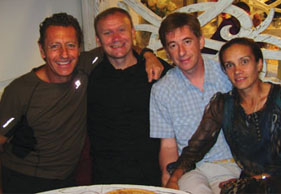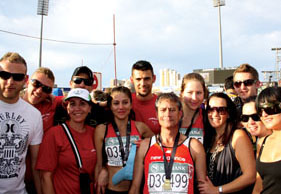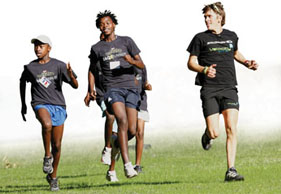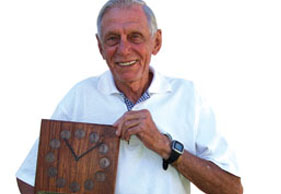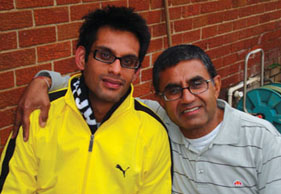You work, you take care of the kids, you try to spend some time with the family and you try to fit in your ‘can’t do without’ run! Often preparing a healthy and nutritious meal after a workout falls by the wayside and we opt for quick, unhealthy fixes to save time. Try these four scrumptious recipes that are not only quick to prepare, but also healthy and perfect post-run meals! – BY CHRISTINE PETERS
LITE SPEEDY TORTILLA PIZZA (Serves 2)
Preparation time: One minute. Cooking time: 12 minutes.
This is a quick and light alternative to normal pizza. With one wrap being the equivalent of only two slices of bread, you can rest assured that you will not be over-indulging on carbs!
Ingredients:
2 tortillas or wraps (bought or frozen).
? cup of tinned chopped tomato.
100g grated mozzarella cheese.
1-2 chicken breasts cut into strips.
1 green or red pepper, chopped or sliced thinly.
Method:
Heat oven to 180?C.
Heat a thick pan with two tsp oil (e.g. sesame oil). Stir fry chicken strips until slightly brown. Remove from heat.
Spice chopped tomatoes with oregano, salt, pepper, garlic flakes, etc.
Spread tomato mixture thinly over each wrap.
Sprinkle with grated cheese. Add chicken strips and chopped peppers.
Place one pizza in centre of oven and bake for about eight to ten minutes or until cheese has risen, fallen and gone slightly brown.
Remove pizza from oven and let it stand for three minutes before slicing into pizza wedges.
Serve immediately with salad.
SIMPLE SWEET CHILLI STIR FRY (Serves 4)
Preparation time: 15 minutes. Cooking time: 12 minutes.
Stir fry is a quick and easy way to prepare a meal without a lot of added fat.
Ingredients:
1 tbs oil e.g. sesame/olive or Spray & Cook.
400g chicken or extra lean beef strips or 150g firm tofu (cut into strips).
2 onions sliced.
1kg (4 cups) vegetables cut into strips e.g. frozen or fresh carrots/green beans/peppers/snap peas/baby corn/broccoli/mushrooms, etc.
? cup vegetable broth or water.
1 tsp grated orange or lemon zest (grated skin).
1 tbs chopped coriander (optional).
Method:
Heat a wok or large, thick-based pan over medium heat. Spray with cooking spray or oil.
Brown chicken/beef/tofu on all sides, then remove from pan and set aside.
Add onion to wok and saut? for one minute or until transparent. Add vegetables e.g. broccoli, carrots, peas and red pepper; stir-fry until tender crisp, about five minutes.
Return chicken, beef or tofu to wok and stir in broth, chilli sauce and orange zest. Heat until bubbling.
Transfer stir fry to serving platter and sprinkle with coriander (optional).
Serve with brown or basmati rice.
BAKED FISH AND MUSHROOM WITH PEA MASH (Serves 4)
Preparation time: 10 minutes. Cooking time: 15 minutes. Perfect for lunch or supper.
Ingredients:
4 salmon or butterfish fillets.
8 large brown mushrooms.
? round piece of feta (crumbed).
450g frozen peas (defrosted).
50ml natural yoghurt.
Pinch of cumin.
Method:
Preheat oven to 180?C.
Place fish fillets in individual foil (skin facing down) and season with mustard, lemon juice, soya sauce, salt and pepper. Close foil parcels and place on baking tray on one side.
Place mushrooms on the other side of the baking tray and thinly sprinkle with crumbed feta, oregano, salt and pepper.
Bake for about 10 minutes. Open up foil parcels and grill for 5 minutes.
Blitz peas, yoghurt and cumin till smooth. Allow to stand for 10 minutes.
Serve salmon fillets with mushrooms and pea mash.
PUFFY EGGS (Serves 2)
Preparation time: 10 minutes. Cooking time: 15 minutes. After a race or long run most of us can’t bear the taste of another sweet thing that reminds us of the energy gels we had earlier! Try these easy, tasty and healthy eggs instead.
Ingredients:
1 whole egg and 3 egg whites.
2 tbs water.
60g grated mozzarella cheese.
? ripe avocado.
2 pieces of lean bacon (optional).
Salt and pepper (to taste).
1 tsp oregano.
2 slices toasted low GI or rye bread.
Method:
Crack egg and egg whites into a small thick-based saucepan.
Add water.
Heat the pan on low heat. Scramble the eggs. Remove from the heat while they are still half runny, half scrambled.
Sprinkle the grated mozzarella cheese over the eggs.
Place the eggs in the pan and grill for five to ten minutes until cheese melts and browns slightly.
Toast the bread and microwave two pieces of lean bacon for 30 seconds or until cooked/crispy.
Spread ? avocado on each slice of toast.
Once cheese has melted, remove pan from oven.
Scoop half of the baked eggs on avocado toast.
Top with bacon, season with pepper, salt and oregano and serve immediately.
Optional additions: feta, onion, corn, marmalade, tomato, peppers and garlic.

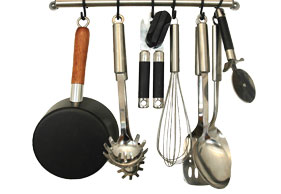
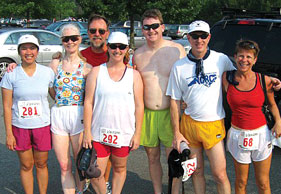
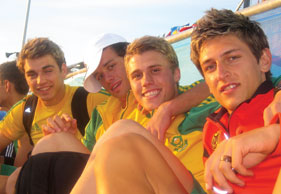
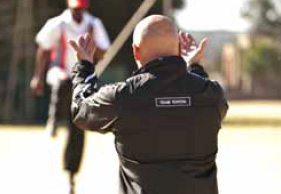
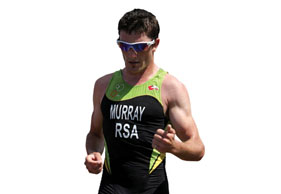
 Richard Murray
Richard Murray Dan?l Blaauw
Dan?l Blaauw